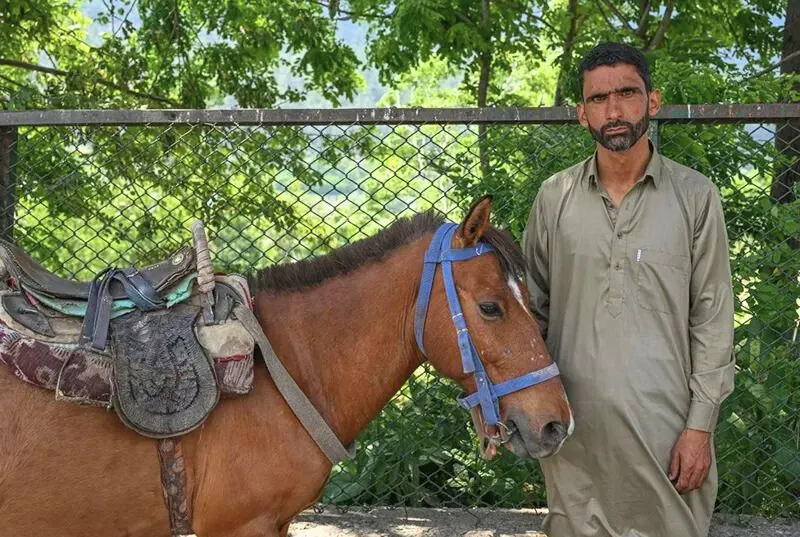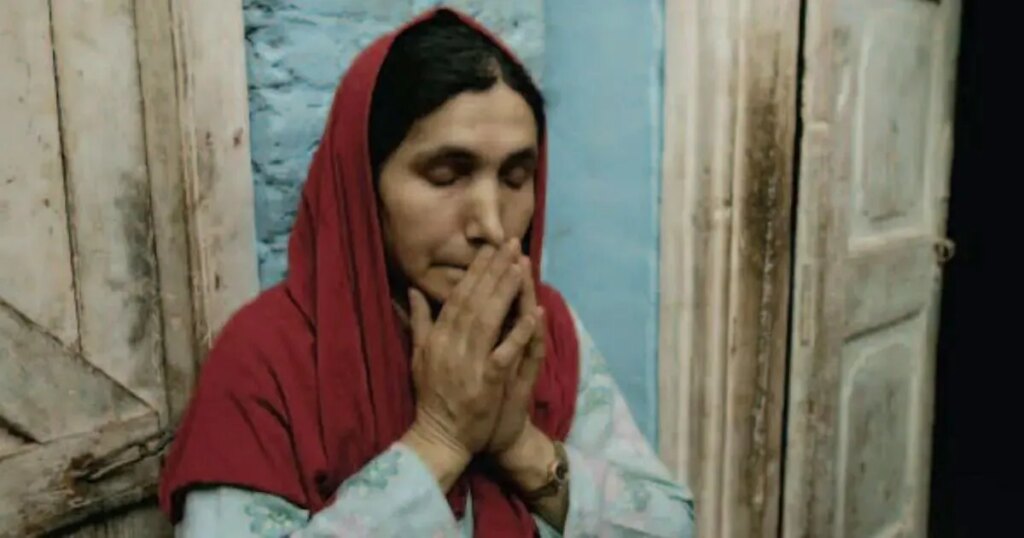In the Shadow of Conflict Where Kashmir’s Beauty Meets Brutality
Kashmir is often hailed as a paradise on Earth but for the people living there every day is a test…
Kashmir is often hailed as a paradise on Earth but for the people living there every day is a test of survival. Behind the postcard-perfect beauty lies a brutal reality of military presence disappearances and deep-rooted trauma.
This piece takes you through the emotional and physical toll of living in a conflict zone that the world has conveniently forgotten. Beneath the snowfall silence and shikara rides is a story most would rather not see.
1 Between Petals And Bullets The Daily Reality Of Kashmiri Life
1.1 Checkpoints Dreams And Broken Childhoods
Children in Srinagar and Kupwara learn early to navigate life around checkpoints. Soldiers with rifles stand outside schools. Identity cards are checked even when you’re simply buying groceries.
Locals say it’s routine but it’s anything but normal. According to a BBC report such intense military presence has made even playtime feel like prison for kids in urban and rural areas alike.
The same valleys that draw tourists to ski in Gulmarg or take selfies on Dal Lake are where young men are picked up and never return. Beauty here has a dark companion and that is fear.
1.2 Silence As Survival A Strategy Of The Ordinary
In many Kashmiri homes silence is not just cultural it’s tactical. People are careful about what they say even among friends. The fear of surveillance is not paranoia — it’s rooted in history.
During sensitive times the government shuts down mobile networks and internet access. According to Al Jazeera, over 400 shutdowns have occurred in the last few years making it one of the most digitally restricted regions in the world.
While the world watches wars in Gaza and Ukraine unfold in real-time Kashmiris are often muted unable to share even the basic truths of their lives.
Entire villages go days without speaking to anyone outside their locality. Women whisper behind doors while children are taught from an early age not to ask questions about disappearances. Speaking too much can mean a knock on the door at night or worse. In this climate of fear silence becomes not only survival but a legacy passed from one generation to the next. Even weddings and funerals are marked with restraint rather than celebration.
2 The Hidden Cost Of Conflict
2.1 Casualties That Rarely Make Headlines
The killings in Kashmir are often brushed off as routine skirmishes. A militant killed here a civilian shot there. But each number represents a story cut short a family broken.
A Reuters article highlights how frequent military encounters result in civilian casualties with little accountability. The narrative rarely leaves the region and when it does it’s diluted by political jargon.
Compare this to the global attention given to Western tragedies — and the imbalance becomes painfully clear.

2.2 Psychological Wounds In Every Home
Even if a Kashmiri survives physically they often don’t escape mentally. PTSD anxiety and depression are rampant in the region yet remain undocumented due to stigma and lack of access to care.
The international crisis group reports that mental health services in Kashmir are severely underfunded and overwhelmed.
One mother in Baramulla shared in a local interview that her child hasn’t spoken since witnessing a raid that led to his father’s disappearance. These silent wounds often go deeper than any bullet.
Schools often lack trained counselors and medical professionals qualified to identify trauma in children. Most families deal with grief privately often turning to traditional healing or religious rituals. Fathers who have seen too much stop talking entirely. Girls who once dreamed of becoming doctors now remain indoors afraid of stray bullets or raids. Kashmir’s emotional wounds have created a silent crisis with long-term effects on its next generation.
3 Beauty As Both Shield And Illusion
3.1 Tourism Masks The Truth Of The Valley
Tourism booms in Kashmir during summer but that boom often creates a false sense of peace. Travel influencers post picturesque content while villagers just kilometers away live under curfew.
The New York Times documented how this influx of tourism masks ongoing surveillance and unrest just beneath the surface. For many locals tourism is a form of economic survival but also a mask forced upon a bruised face.
The same meadow where a couple picnics today may have witnessed bloodshed a week ago.

3.2 Art As Resistance And Healing
Young Kashmiris are expressing their pain through poetry film and photojournalism. Many post symbolic art online blending natural landscapes with images of militarization.
This digital activism has drawn global eyes but not without risk. According to Human Rights Watch, artists and journalists in Kashmir have been arrested for sharing work deemed anti-national — even when their message is peace.
Art in Kashmir is not just expression. It is endurance and defiance in a place where speaking truth is dangerous.
4 Global Silence Fuels Local Despair
4.1 Why Does The World Look Away
Global media frequently focuses on conflicts where superpowers have direct stakes. Kashmir rarely makes the list. The people here often feel abandoned even by those who champion human rights elsewhere.
While conflicts like the Russia Ukraine or Israel Gaza ceasefire dominate global headlines Kashmir is left in shadow.
This selective empathy adds insult to injury. Their grief is not less real simply because it’s less visible.
4.2 The Role Of Media And Digital Blackouts
The Indian media rarely digs deep into human stories in Kashmir fearing backlash or government restrictions. Foreign journalists face visa challenges and local ones risk arrest.
According to Committee to Protect Journalists, dozens of Kashmiri journalists have been detained for reporting facts that challenge the official narrative.
The result is a vacuum where propaganda thrives and truth is buried. When the internet goes dark the rest of the world stops asking questions.
4.3 Quiet Acts of Courage That Keep Kashmir Alive
But despite the silence and suffering hope is not entirely lost in Kashmir. Acts of kindness resilience and quiet resistance bloom like the valley’s spring flowers. Teachers still gather children under apple trees for lessons journalists still write the truth even if anonymously and artists continue to sketch pain into poetry. These daily acts of courage speak volumes. They remind us that the human spirit endures even in the harshest conditions. It is in these quiet moments of dignity that the real strength of Kashmir is found away from headlines beyond conflict and beneath the crushing weight of fear.
In the heart of old Srinagar a bookstore continues to lend poetry even during curfews. A volunteer-run ambulance service operates across border districts where government help is slow to arrive. During lockdowns locals cook in community kitchens feeding dozens who cannot leave their homes. These small yet bold acts do not make it to headlines but they represent resistance against hopelessness and proof that humanity still breathes in Kashmir.

5 Conclusion Paradise Fractured By Violence
Kashmir is a place where snowfall softens the sounds of weeping mothers where rivers carry not just water but unspoken grief. The contrast between its beauty and brutality is not poetic — it is heartbreaking.
The people of this valley do not seek sympathy they seek acknowledgment. They want the world to know that behind every postcard lies a wound and behind every flower bloomed a memory of loss.
Until the world sees both the beauty and the brutality Kashmir will remain misunderstood and misrepresented — a paradise fractured and forgotten.






